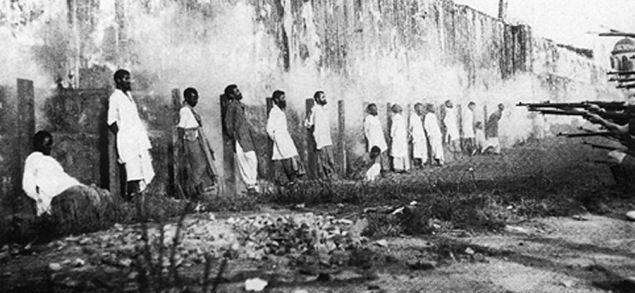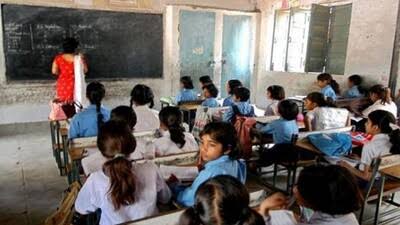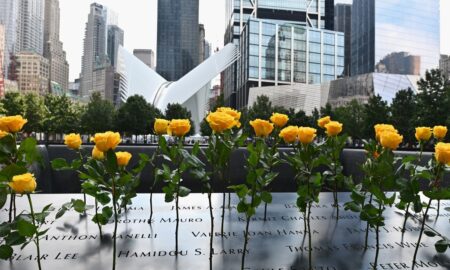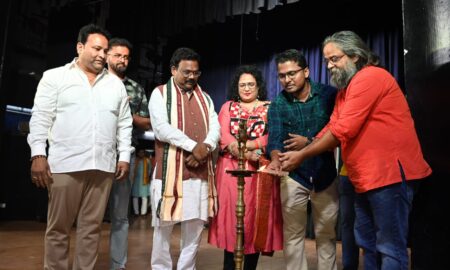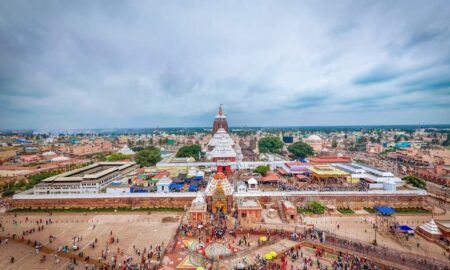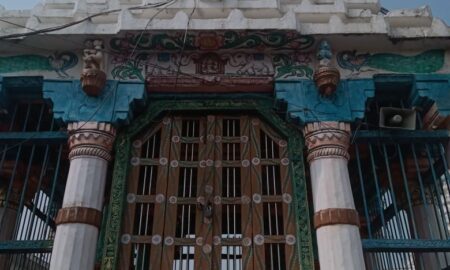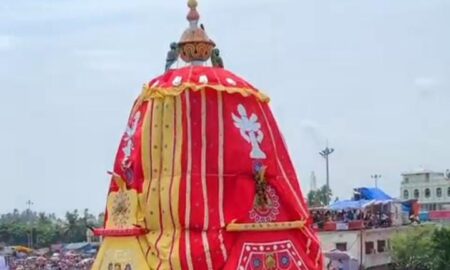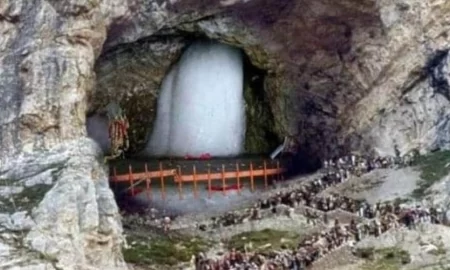

Have you ever gone over the Battle of Balasore in history books? Caught wind of Bagha Jatin? Or on the other hand the Jugantar Movement? The majority of us wouldn’t have found out about it, notwithstanding the way that there is no shortage of very much reported authentic records accessible. Not many realize that precisely thirty years before Netaji Subhas Chandra Bose’s furnished battle, there was another endeavor by another incredible Indian progressive to toss the British out India by methods for an outfitted revolt. Battle of Balasore was the fight battled between Bagha Jatin and the British powers at Chasakhand – a disconnected provincial village in the suburb of Odisha’s Balasore city – arranged at the banks of the waterway Budha Balanga, on September 9, 1915.

Today, September 10, denotes the death anniversary of the extraordinary progressive patriot. A youthful Jatindranath Mukherjee had earned the sobriquet ‘Bagha Jatin’ in 1906 when he battled with a Royal Bengal tiger isolated for three hours and killed it utilizing a blade. The Indian freedom struggle was accepting another turn as the then-Viceroy of British India, Lord Curzon, influenced the segment of Bengal in 1905. The move was vociferously contradicted by political dissidents from the nation over. Clasping under the rising fights, the British needed to surrender, and the two pieces of Bengal were brought together in 1911. That was the start of the ‘Agni Yuga’ (Fiery Age) in India’s Independence battle. Against the scenery of World War I, there was an endeavor to toss the British out of India by methods for an uprising. The main proponent of this was Bagha Jatin, who religiously followed the path of violence in the war of Indian Independence. Precisely 105 years prior, on September 10, the progressive patriot capitulated to extreme projectile wounds in Balasore Hospital following a chivalrous fight with the British police.
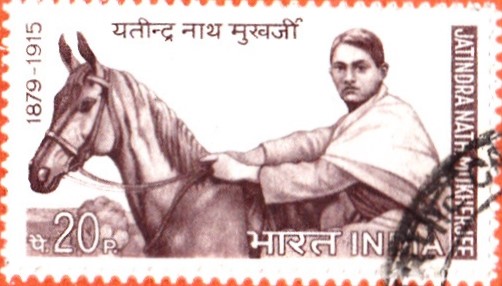
Born on 7 December 1879, in Kushtia of Bengal Presidency, Jatindranath lost his dad at a youthful age and was brought up in his maternal home. His mom, Sharatshashi, was a committed social specialist, an artist, and a lenient yet strict lady, who guaranteed her kid grew up to be a solid, gutsy and caring man. At the point when he was functioning as a minister under Financial Secretary Henry Wheeler, he would keep the insufficiently little bit of his compensation to send to his better half Indubala and his bereaved senior sister Binodbala, while the rest unobtrusively went to people in utmost need. Vivekananda’s concept of energy as the main religion, and character-working as the method of love, propelled him. Afterward, he turned into a devotee of Bholananda Giri, who progressed in the direction of profound upliftment by setting up training focuses and mature age homes. Racial savagery shook Calcutta habitually because the British utilized the whips against common Indians uninhibitedly. At whatever point Jatin was available in such a scene, the circumstance was first managed graciously, trailed by a demonstration of power.
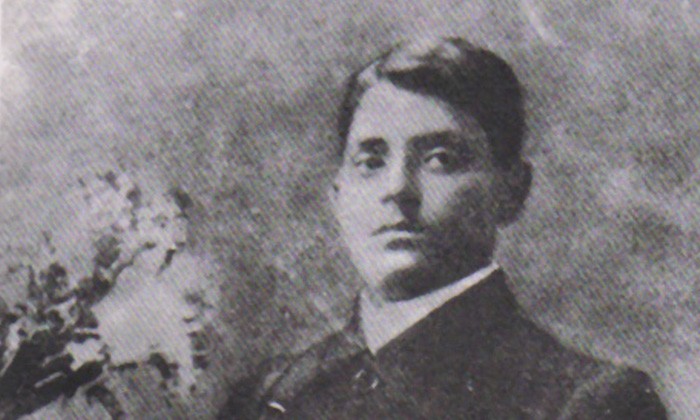
It was Sri Aurobindo who endowed Jatin with the pivotal errand of making an organization of mystery society to prepare committed youth for the transformation against the British. That mystery society came to be known as Jugantar, and Bagha Jatin turned into its president. The country was fuming with discontent against the British Raj. It was around then that Jatin’s clarion call “Amra morbo, Jagat jagbe” (We will pass on to stir the country) evoked the rising flows of Indian patriotism. A huge number of youthful progressives joined Jatin’s image of opportunity development. Jatin was in contact with Indian progressives like Rash Behari Bose, Lala Har Dayal, MN Roy, Chempakaraman Pillai, Nair San, Shyamji Krishna Varma, who were working for Indian autonomy from abroad.
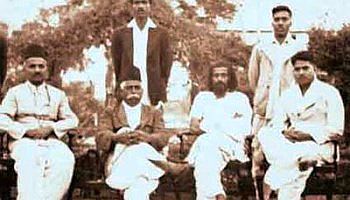
Since he was arrested concerning The Alipore Bomb Blast case and The Howrah Conspiracy Case, he was constantly under the radar of the British Police. This made it quite difficult on his part to operate with his revolution and hence, he decided to flee to Odisha. Jatin wanted to use the opportunity of World War I for his interests as most of the soldiers were away during this time. He decided to join hands with Germany and chose Balasore to be the place where the arms and ammunition were to be collected from Germany. Jatin and his supporters, who had taken haven at Kaptipada, should get the boat named Queen Maverick, stacked with arms transfers from Germany, at Balasore Coast. Predetermination, be that as it may, interceded. The whole technique imagined for the furnished insubordination got spilled to the British Army insight and Queen Maverick never arrived at the Indian shores. A group of British Police hurried to Kaptipada looking for Bagha Jatin. When they came to, Jatin had fled the spot alongside his partners since he had been educated about the British strike. Bagha Jatin, alongside his adherents, reached Balasore strolling through the extreme territory of Mayurbhanj for two days. An enormous number of British police staff, headed by the then-police chief of Bengal Charles Tegart and fortified by armed force unit from Bhadrak’s Chandbali, moved toward the progressives in a pliers development at the separated provincial villa of Chasakhand in Balasore suburb.
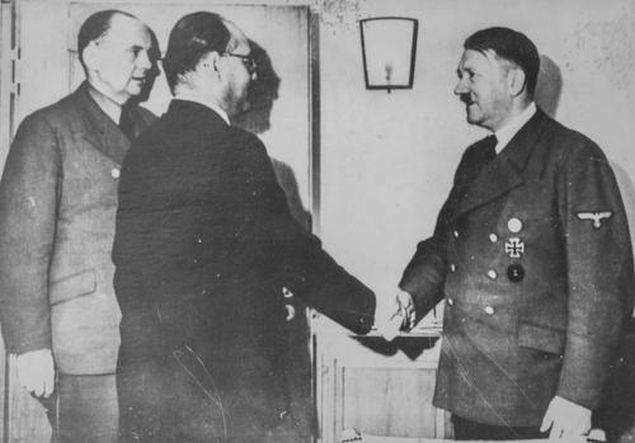
The gunfight kept going for almost two hours. While the British side was equipped with profoundly refined rifles, Bagha Jatin and his group battled with Mauser guns. Jatin, who was genuinely injured in the fight, surrendered to his wounds at Balasore Hospital the following day. Jatin’s partner Chittapriya Roy Choudhury passed on the spot. His two different partners, Manoranjan Sengupta and Niren Dasgupta were caught. They were later executed in Balasore prison. His fourth partner Jotish Pal was sent to Andaman prison. There were huge causalities on the British side too. Despite the fact that the furnished uprising couldn’t take off, Bagha Jatin’s suffering and the Battle of Balasore excited the battle against the British Raj for the rest of the time of the freedom movement.
